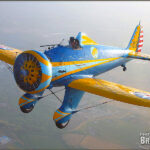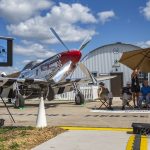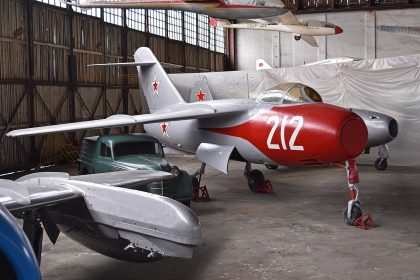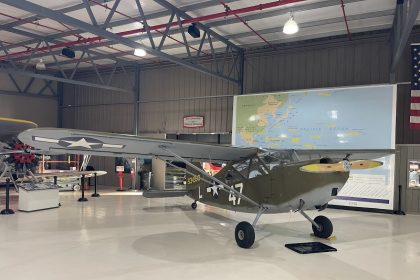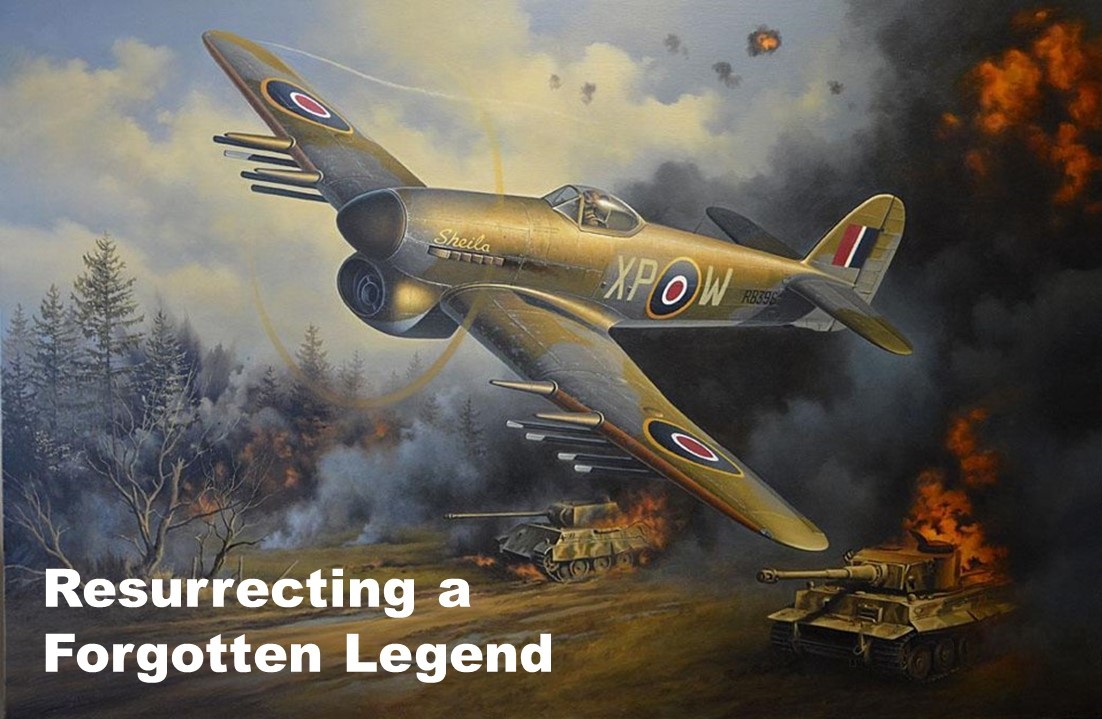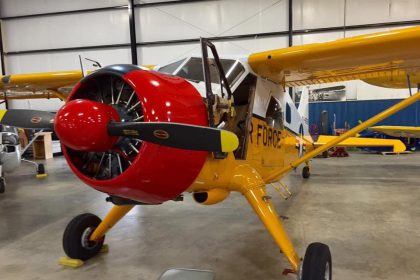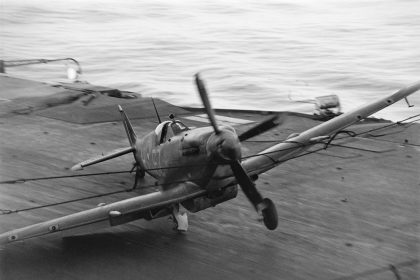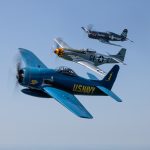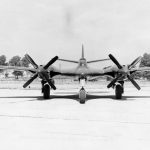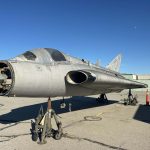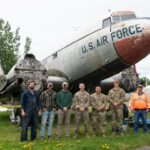Few museums are as revered within the warbird and aviation community as the Planes of Fame Air Museum in Chino, California. Home to over 160 unique aircraft from around the world—many of them the last of their kind capable of flight or even in existence—the museum has not only preserved aviation history but also contributed to it. Its aircraft have graced the screen in major films and television shows, raced at Reno, and been seen in hangars from England to Japan. But behind this extraordinary institution is the story of one humble man with an unwavering passion for aviation: Edward T. Maloney.
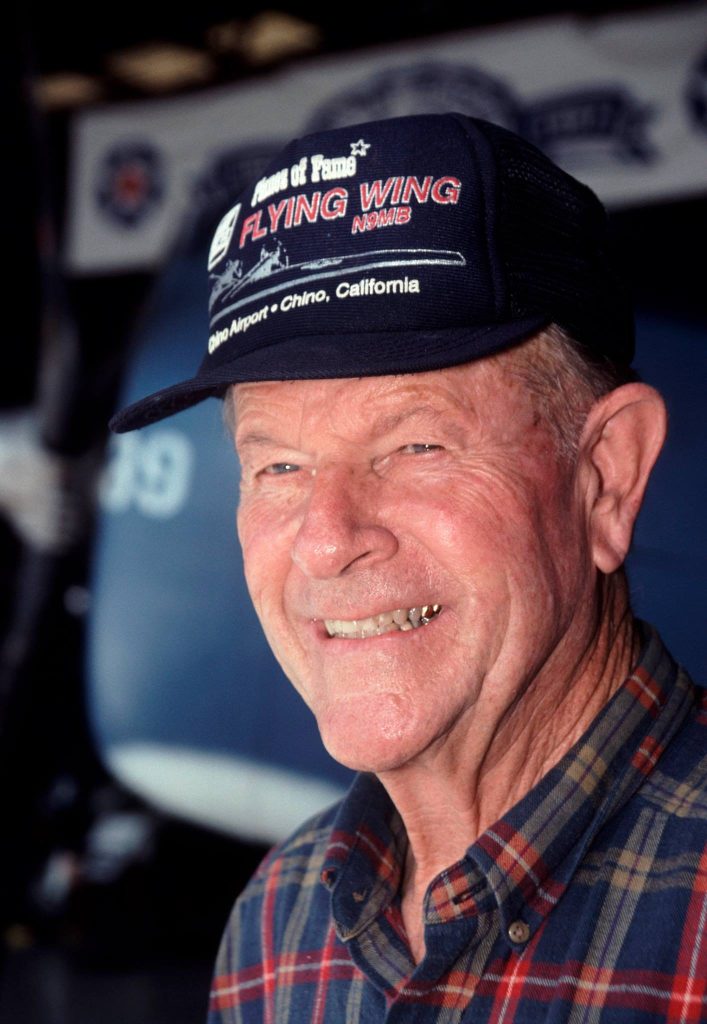
Born on May 21, 1928—exactly one year after Charles Lindbergh completed his historic transatlantic flight—Ed Maloney grew up in Pomona, California, about 30 miles east of Los Angeles. From an early age, he was captivated by aviation. At just seven years old, he began building model airplanes, collecting aviation photos and newspaper clippings, and spending hours watching aircraft take off and land at Southern California airports.
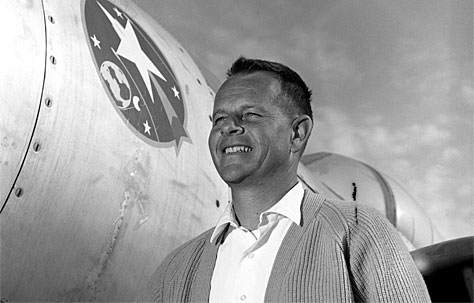
Maloney was especially drawn to the colorful fighters of the Army Air Corps at March Field in Riverside, where he recalled being allowed onto the base to peek into hangars filled with Boeing P-12s and P-26 Peashooters. At the Fox Theater in downtown Pomona, he saw early aviation films and once encountered a real Hanriot HD.1 fighter, flown by French ace Charles Nungesser, used as a promotional display. These moments left a lasting impression.
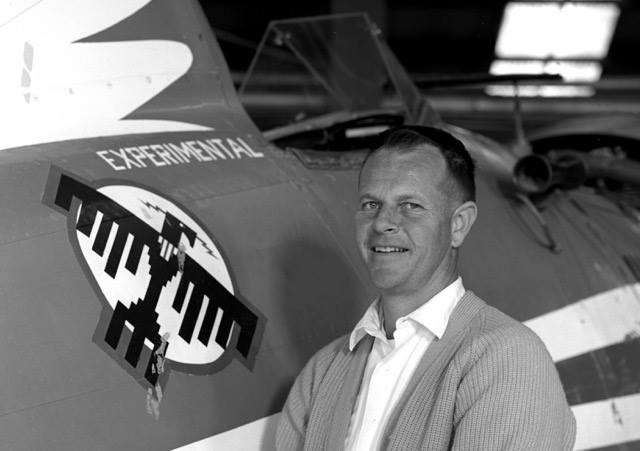
During World War II, as a high school student, Maloney became known locally as an aviation expert. He joined the Civil Air Patrol as an aircraft spotter and used his modeling skills to build recognition models of both Allied and Axis aircraft. From Ontario Army Airfield and Cal-Aero Field in Chino, he watched Army Air Forces aircraft soar overhead. But with victory in 1945 came mass demobilization—and the wholesale scrapping of thousands of surplus aircraft, vehicles, and ships.
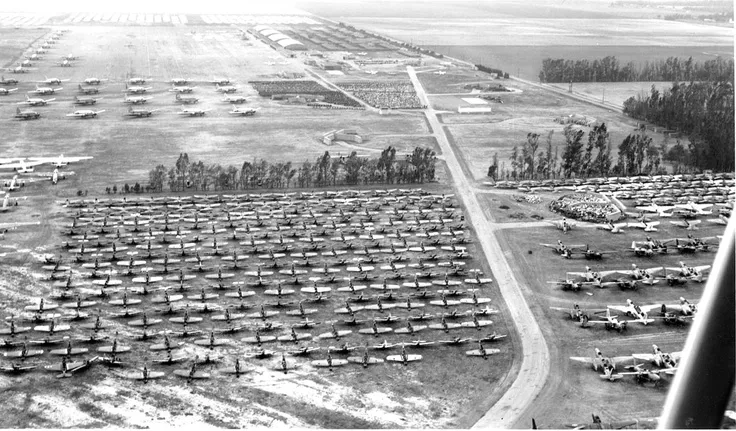
Maloney witnessed the destruction firsthand. “I was a senior in high school, and I used to drive down to the Cal-Aero Field where they were storing thousands of the old warbirds,” he recalled. “I remember watching this 18-foot steel plate drop from a crane. It would snap a B-17 or B-24 in half just as if they were toys. It was almost sickening to watch.” Even more disturbing to him was the sight of service manuals being burned in massive piles. “I couldn’t believe what they were doing,” he said. “I asked one of the workers if I could take some, and he said, ‘Sure—take what you can carry.’ So I kept coming back and loading up my car. I couldn’t let that history just go up in smoke.”
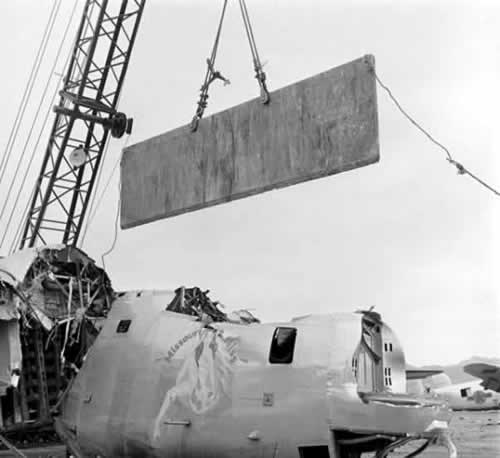
That experience became the turning point. Maloney began collecting not just manuals, but whole aircraft. His first acquisition came at the Los Angeles County Fairgrounds in Pomona: a Mitsubishi J8M Shūsui, a Japanese copy of the Messerschmitt Me 163 Komet rocket interceptor. It marked the beginning of what would become a lifetime of aviation preservation. With little money to spare, Maloney worked in his father’s automotive repair shop and stored aircraft wherever he could—his backyard, borrowed lots, and rented spaces.
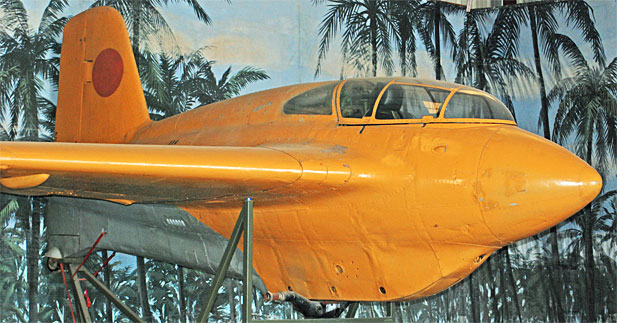
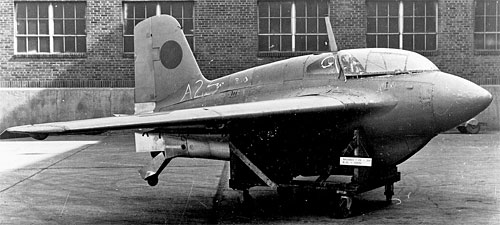
On January 12, 1957, his dream of creating a museum became reality. Maloney opened The Air Museum—the only aviation museum west of the Mississippi at the time—in a former lumber yard on Route 66 in Claremont. The collection included ten aircraft and more than 200 scale models. “Got the doors open anyhow,” Maloney recalled in a 2008 Air & Space magazine interview. “It was always my intention to have flyable aircraft, but that would have to come later because we didn’t have a cadre of pilots at that time.”
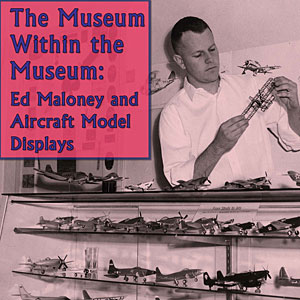
As the collection grew, so did the need for space. In June 1963, Maloney moved the museum to Ontario Airport, where two hangars allowed for larger displays and aircraft restoration efforts. His acquisitions ranged from rare interwar and World War II aircraft to postwar jets and training planes, gathered from private owners, trade schools, and disposal yards. Among the collection: a Messerschmitt Bf 109, Boeing P-26, Mitsubishi A6M5 Zero, a B-17 Flying Fortress, and even Nungesser’s Hanriot.
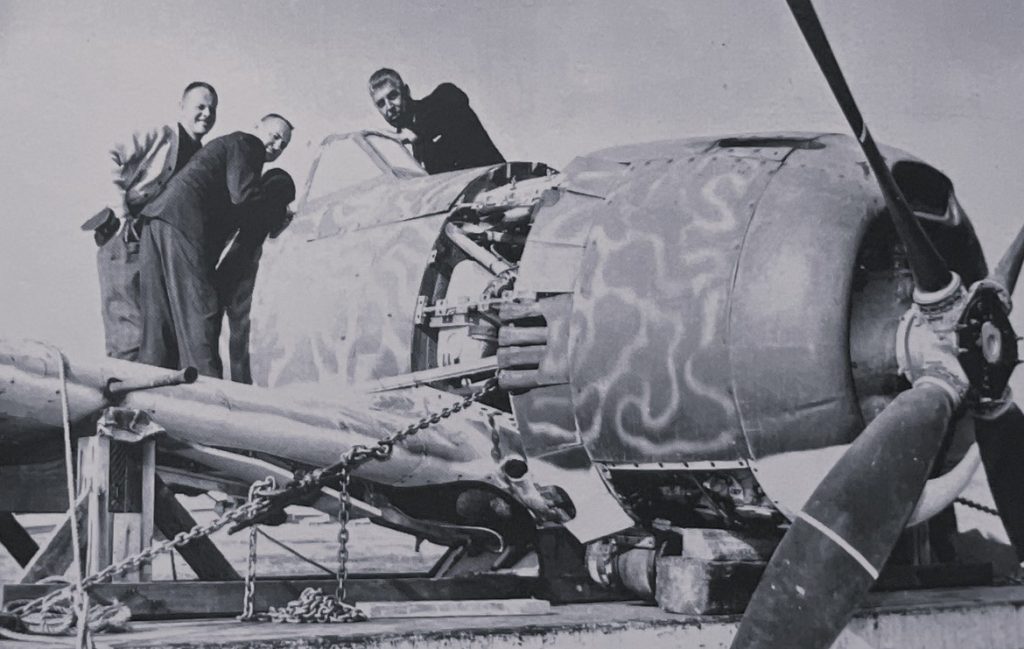
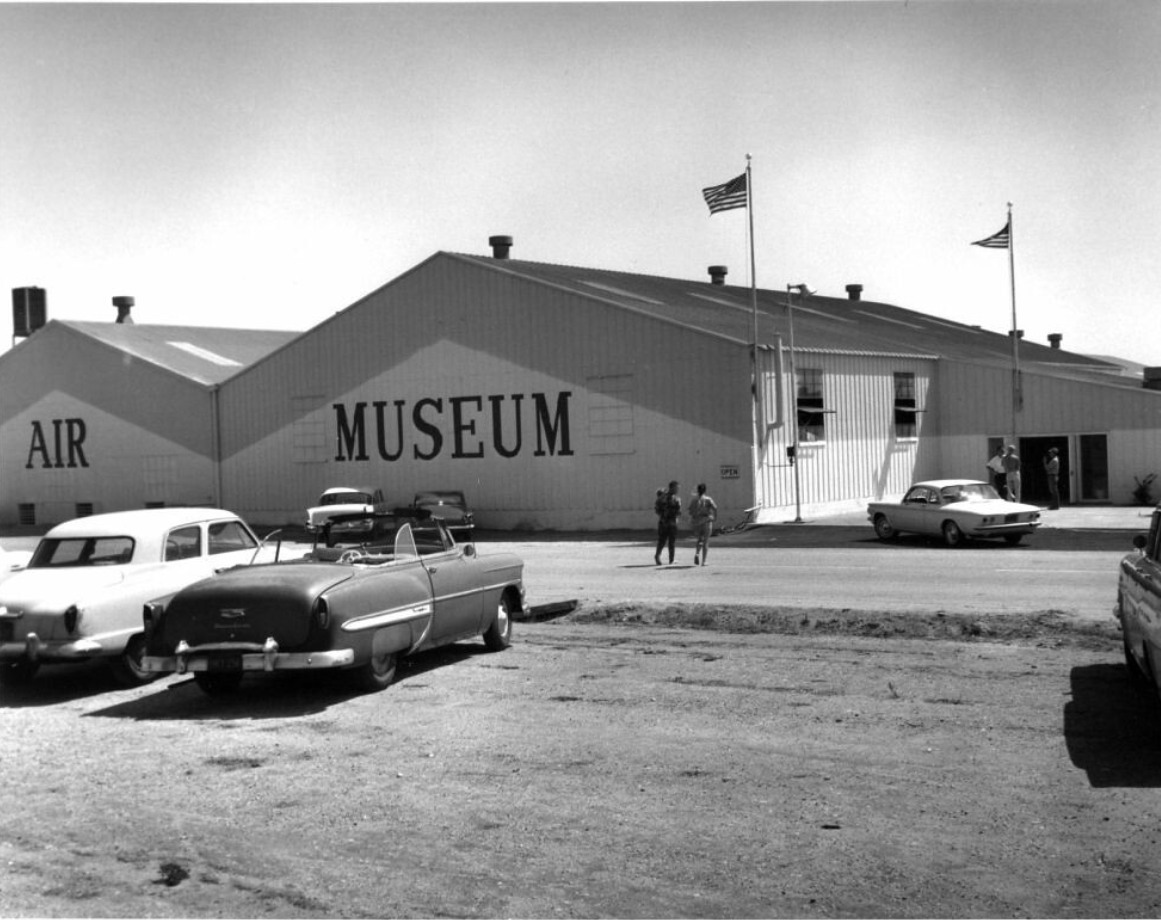
In 1970, Maloney partnered with car collector Jim Brucker to display his aircraft alongside Brucker’s hot rods and celebrity cars at Movie World: Cars of the Stars in Buena Park. The attraction—rebranded Movie World: Cars of the Stars and Planes of Fame—offered a unique mix of vintage cars and aircraft near Knott’s Berry Farm. Although short-lived, this chapter introduced many visitors to aviation history. By 1973, Maloney had secured a more permanent home at Chino Airport—the former Cal-Aero Field where he’d once watched warbirds being scrapped. The name Planes of Fame stuck, and it has remained ever since. Volunteers flocked to the site to help restore the aircraft to static and flying condition. In 1995, Maloney expanded the museum’s reach by establishing a satellite location in Valle, Arizona, enabling even more of the collection to be displayed to the public.

Throughout his life, Ed Maloney remained deeply involved in the museum’s operation. Whether in Claremont, Ontario, Buena Park, Chino, or Valle, he continued building models, authoring more than 15 books on aviation, and working with collectors, historians, and legislators to promote the preservation of aviation history. “I grew up on the stories of the pioneers of aviation, the aces of the Great War and the brave pilots of the Golden Age,” he once said. “I witnessed from afar the exploits of World War II and Korean aces and was later fortunate to call many of these men friends. It was my hope to preserve these aircraft and fly them to create something that future generations would enjoy and appreciate.”
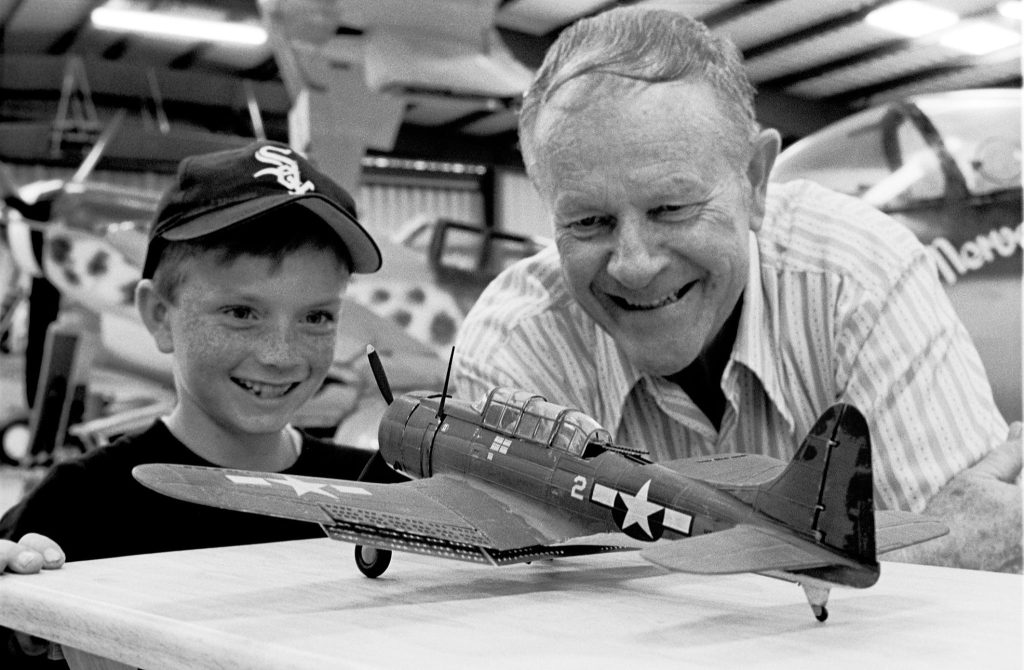
Ed’s passion became a family legacy. His sons Jim and Johnny worked as mechanics and pilots for the museum, and their childhood friend Steve Hinton—who later married Ed’s daughter Karen—became one of the most celebrated warbird pilots in the world. Steve and Karen’s son Steven “Stevo” Hinton, a two-time Reno Air Races Unlimited Gold champion, now carries that legacy forward. The Maloney and Hinton families remain central to the daily operation of Planes of Fame.
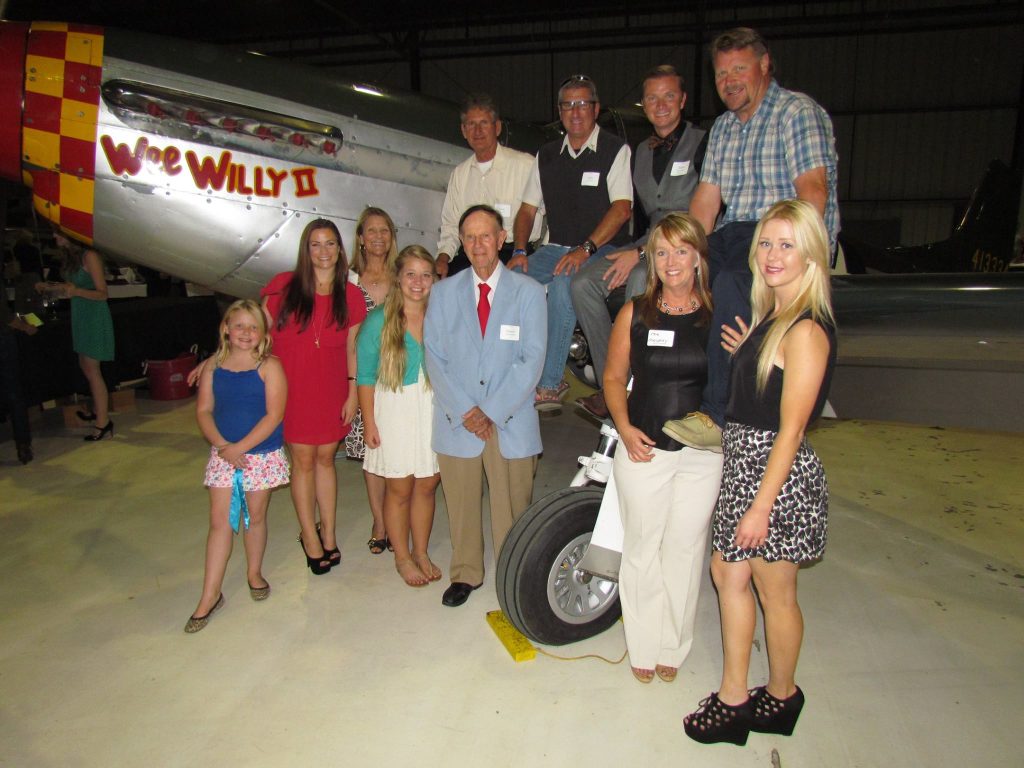
Ed Maloney passed away on August 19, 2016—fittingly, National Aviation Day and the birthday of Orville Wright. But his legacy endures. The museum he built from nothing now stands as one of the world’s most important aviation collections, drawing visitors from around the globe. Its archives contain seven decades of correspondence, photographs, manuals, and books that is increasing still. As the Planes of Fame Air Museum looks toward future expansion—including a new facility planned in Santa Maria—one can only imagine how proud Ed would be to see what his dream has become.
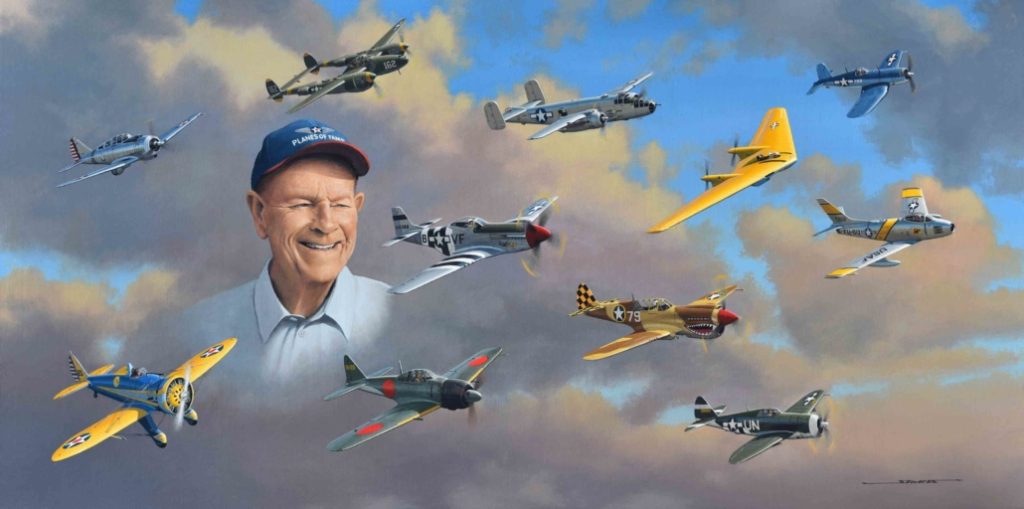









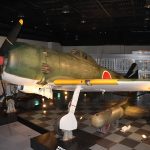
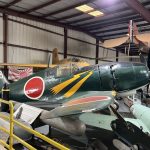
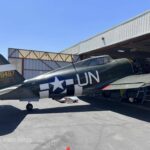
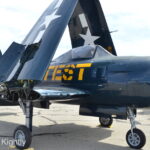
![Planes of Fame Air Museum Receives a New Stearman 14 PT-17 Stearman 41-8746/N555BF arrives at Chino. [Photo via Planes of Fame]](https://vintageaviationnews.com/wp-content/uploads/Planes-of-Fame-Air-Museum-accepted-the-donation-of-a-Stearman-PT-17-150x150.jpg)
